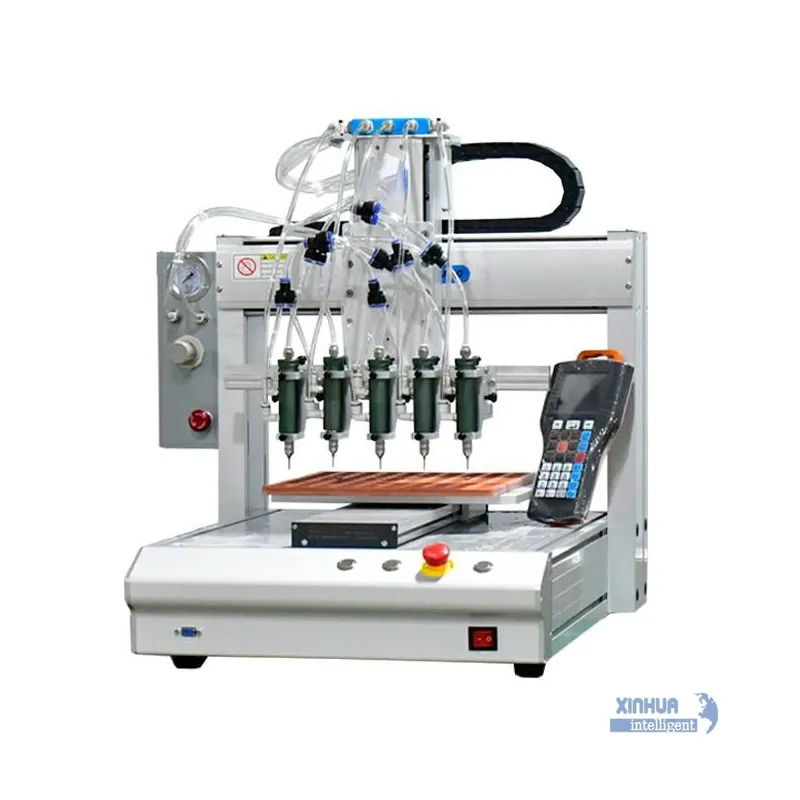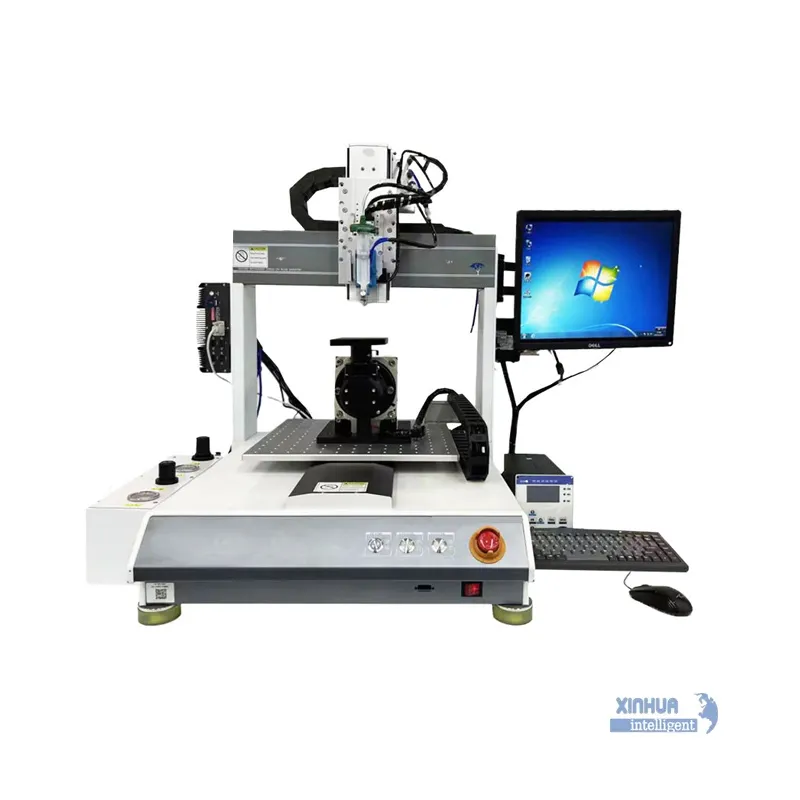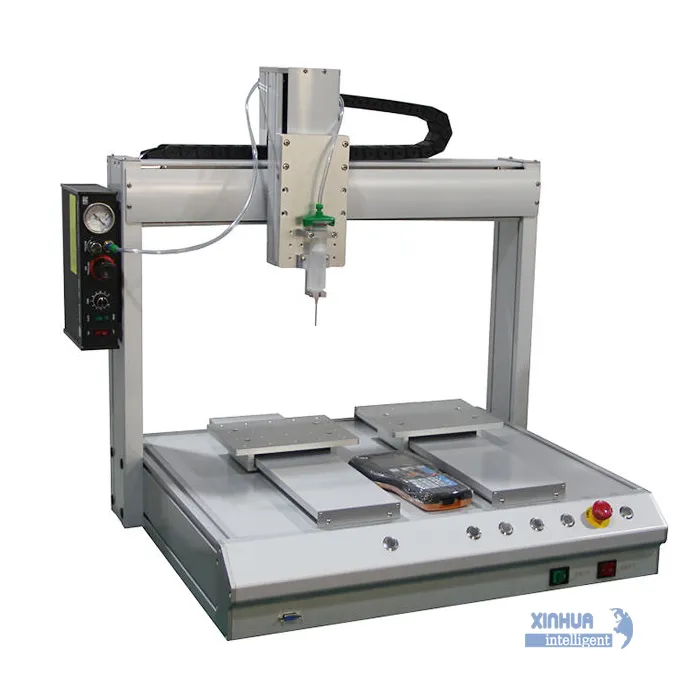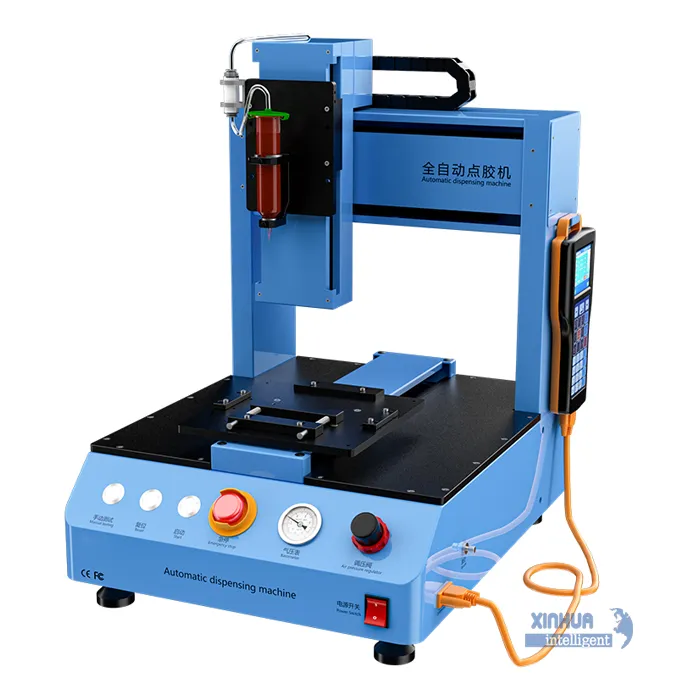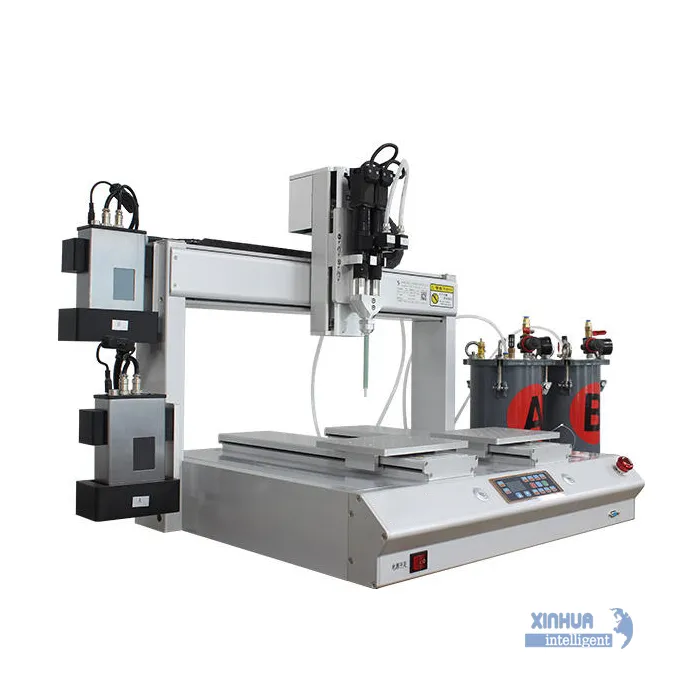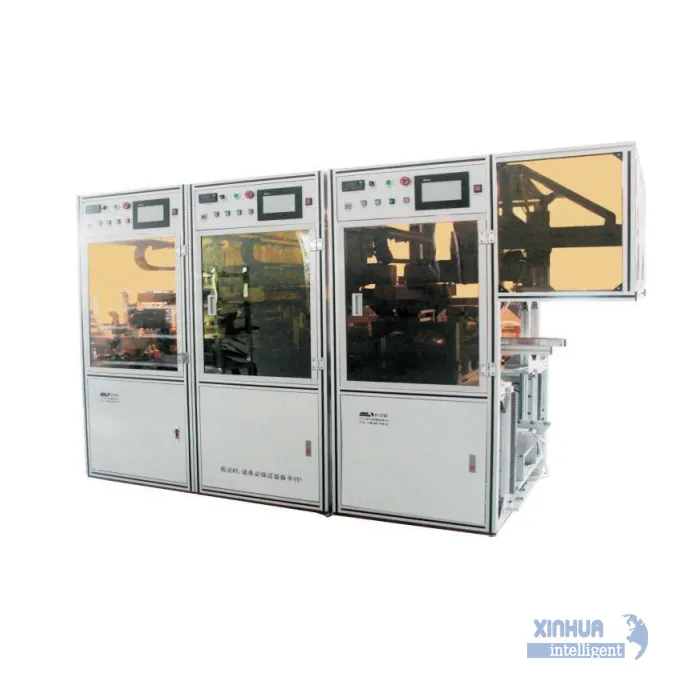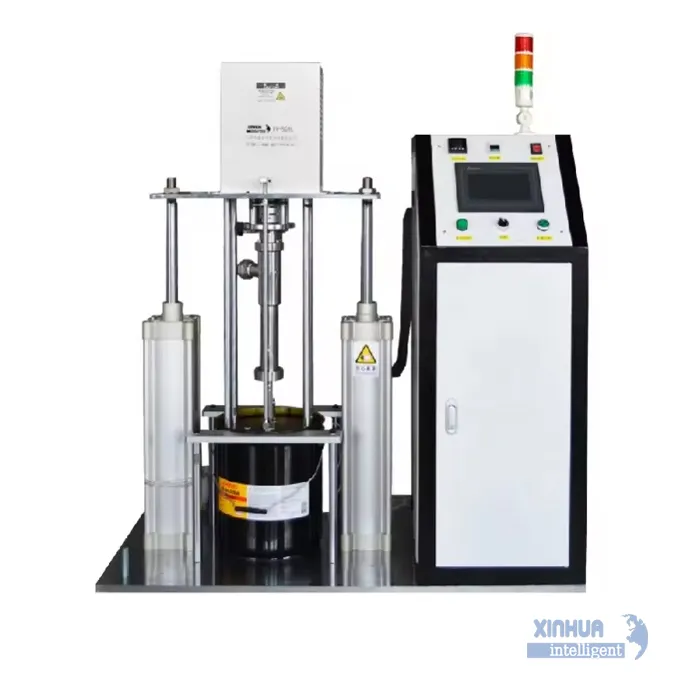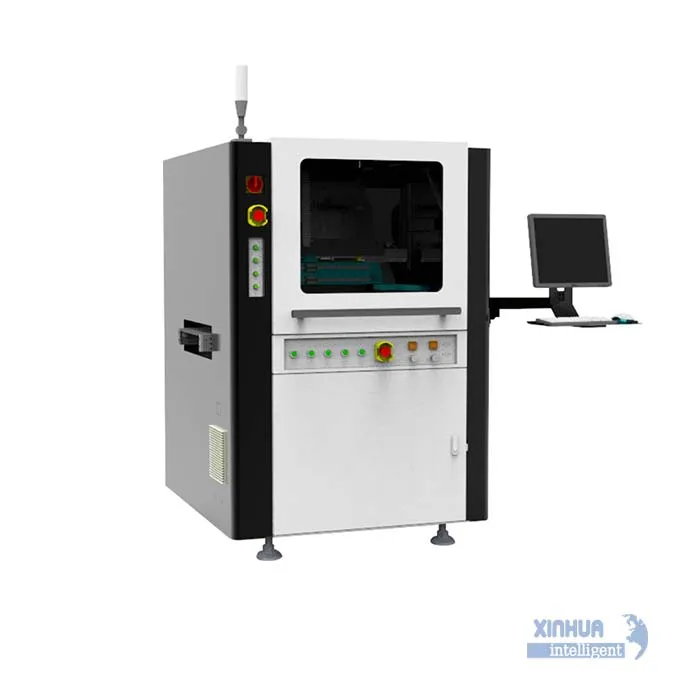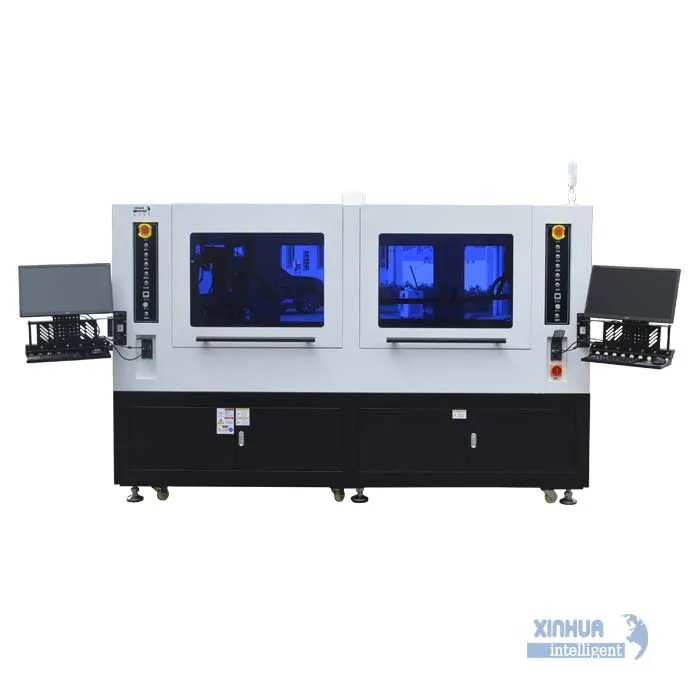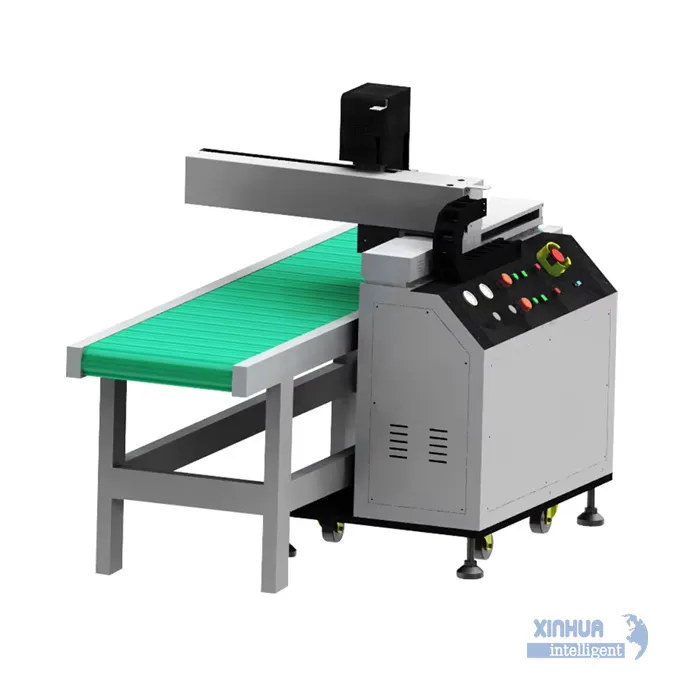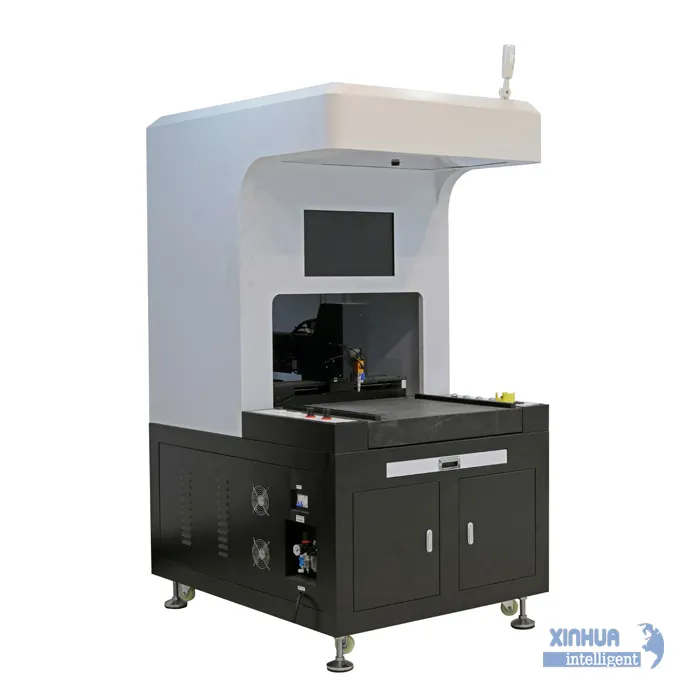As someone who has been designing and supplying automatic glue dispensing systems for over 18 years across Southeast Asia and the Middle East, I’ve personally witnessed factories transform from labor-intensive chaos to predictable, high-yield production lines. The turning point is almost always the same: replacing manual gluing with a reliable automatic glue dispenser machine. In this article, I’ll share real-world evidence, technical insights, and my own observations on why this single investment delivers some of the fastest ROI I’ve ever seen in industrial automation.
The Hidden Cost of Manual Gluing That Most Factory Owners Still Ignore
Let me start with a story that repeats itself from Jakarta to Dubai.
In 2023, I visited a mid-sized electronics assembler in Batam, Indonesia. They were using 42 workers on two shifts just for manual adhesive application on smartphone camera modules. Reject rate due to uneven glue lines? 8.7 %. Monthly adhesive waste from over-dispensing? Almost 23 %. When we calculated the real cost—including rework, customer returns, and lost capacity—the manual process was costing them US$287,000 per year more than an automated line would.
Six months after installing two of our 4-axis desktop glue dispensers with vision guidance, their reject rate dropped to 0.64 % and labor in that section fell to 4 operators for quality checks only. Payback period: 9.2 months.
I see the exact same pattern in Saudi Arabia (furniture), Vietnam (footwear), Thailand (automotive parts), and the UAE (packaging). The math never lies.
What Actually Defines a High-Quality Automatic Glue Dispenser in 2025?
After testing more than 40 different brands (including many cheap Chinese “OEM” machines that flood Alibaba), these are the non-negotiable features I now demand before putting my company name on any system:
- Closed-loop servo control with ±0.01 mm repeatability Open-loop stepper systems drift after 6–12 months in hot, humid Southeast Asian factories. I’ve replaced dozens.
- Integrated vision alignment + height sensing Essential when you’re bonding components that vary ±0.3 mm (common with injection-molded plastic parts in Malaysia and Indonesia).
- Real-time flow monitoring and auto-calibration Adhesive viscosity changes with temperature (33–38 °C factory floors are common in the Middle East summer). Machines without live flow compensation create leaks or weak bonds.
- Industrial Ethernet communication (EtherCAT or PROFINET) Allows seamless integration with Industry 4.0/MES systems that many Vietnamese and Thai factories are now adopting under government incentives.
- Genuine European or Japanese valves (Musashi, Vermes, or Nordson) Local clones fail after 3–6 months when dispensing abrasive thermal interface materials or UV adhesives.
Reference: My own comparative testing data 2022–2025 and Nordson EFD dispensing guide: https://www.nordson.com/en/divisions/efd
Market-Specific Applications That Deliver the Fastest Payback
1. Electronics & PCB Assembly (Vietnam, Malaysia, Philippines)
Most regional EMS factories still use manual syringes for conformal coating and dam-and-fill. Switching to a high-speed jetting dispenser (70,000 dots/hour) typically reduces coating material usage by 35–50 % and eliminates masking entirely.
Real case: A Malaysian automotive Tier-2 supplier cut underfill waste on power modules from 42 g to 13 g per board after installing a jet valve system.
2. Automotive Parts & EV Battery Packing (Thailand, Indonesia)
Thai and Indonesian plants bonding battery cooling plates need 100 % traceability. Modern dispensers with built-in RFID logging and AOI integration meet IATF 16949 without extra cost.
3. Furniture & Woodworking (Indonesia, Vietnam, Saudi Arabia)
Flat-panel furniture manufacturers in Jeddah and Surabaya waste huge amounts of PVA/ PUR hot-melt with manual guns. A 3-axis gantry robot with 50 kg payload pays for itself in <12 months purely from glue savings and faster cycle time.
4. Packaging & Labeling (UAE, Qatar, Singapore)
High-speed carton sealing lines running 180–250 pieces/minute demand micro-second response valves. We’ve retrofitted many German lines with Asian-spec dispensers at 40 % lower cost and zero downtime difference.
Why 2025–2027 Is the Perfect Window for Investment in Emerging Markets
Several converging factors make right now the ideal time:
- China + 1 strategy continues → huge capacity moving to Vietnam, Indonesia, and Thailand
- Middle East Vision 2030 diversification → massive new factories in Saudi Arabia and UAE
-
Local government incentives:
- Thailand BOI tax holiday up to 8 years for automation equipment
- Malaysia Pioneer Status tax exemption
- Indonesia Tax Allowance 2024–2028 for machinery import
- UAE 100 % foreign ownership + 0 % corporate tax in free zones
Reference: Malaysia Investment Development Authority (MIDA) – Pioneer Status https://www.mida.gov.my/incentives/
How to Avoid the Three Biggest Mistakes I Still See
- Buying the cheapest machine on Alibaba 90 % of these fail within 18 months in tropical climates (corrosion + poor motion control).
- Ignoring pre-sales trial Always demand a free dispensing trial with your real adhesive and substrate. Any supplier who refuses is hiding poor performance.
- Forgetting after-sales support Ask: “Do you have a local technician in my country who can arrive within 48 hours?” Most don’t.
My company now keeps service engineers permanently stationed in Ho Chi Minh City, Jakarta, Bangkok, Penang, and Dubai because downtime costs US$3,000–12,000 per hour in most of our customers’ plants.
My Personal Recommendation for Different Budget Levels (2025 pricing)
Budget US$15,000–25,000 → Desktop 3/4-axis with vision (perfect for startups and SME electronics)
Budget US$45,000–80,000 → Inline conveyorized system with pre-heat/curing modules (best ROI for mid-volume)
Budget US$120,000+ → Fully customized high-speed platform with dual-valve jetting + plasma cleaning (large automotive/EV)
All prices include on-site installation and 12-month warranty with local spare parts stock.
Final Thought
In my experience, factories that hesitate on automation today will simply not exist in their current form five years from now. Labor costs in Vietnam have risen 12–15 % annually since 2019. Adhesive prices keep climbing. Customers demand zero defects and full traceability.
An automatic glue dispenser is no longer a “nice-to-have.” It is the single fastest way to protect margin, improve quality, and future-proof your production line in Southeast Asia and the Middle East.
If you’re still gluing by hand in 2025, you’re essentially volunteering to lose money every single shift.
Feel free to reach out—I’m always happy to run a free ROI calculation based on your current reject rate, labor cost, and adhesive consumption. The numbers usually speak louder than any sales pitch.
References:
- Nordson EFD – Fluid Dispensing Selection Guide https://www.nordson.com/en/divisions/efd
- Thailand Board of Investment – Automation Incentives 2023–2027 https://www.boi.go.th/index.php?page=investment_promotion
- Malaysia Investment Development Authority (MIDA) – Pioneer Status https://www.mida.gov.my/incentives/
- My own field data collected from 120+ installations across 9 countries (2019–2025)
(Author: David Lim, Technical Director at Xinhua Intelligent Manufacturing Co., Ltd. – 18 years supplying automated dispensing solutions in Southeast Asia and Middle East)

